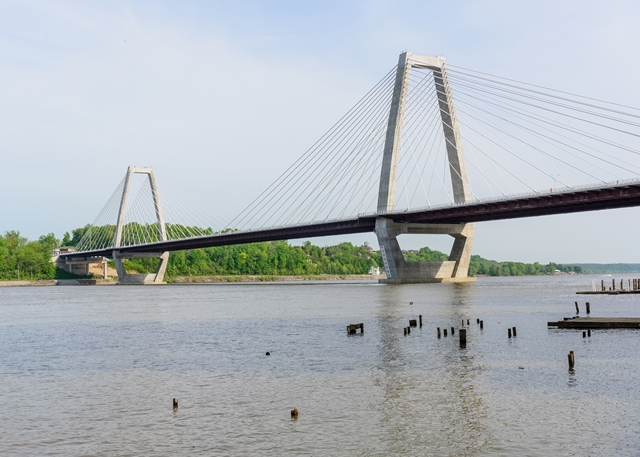Loading Dock Safety
Fatal Fact: On February 28, 2012, Employee #1 was backing a 53 ft. box trailer into a shipping dock to be loaded with fertilizer. The employee docked the truck and trailer. The employee exited the truck cab. The trailer was being hand loaded by other shipping dock employees. Employee #1 went to the passenger side of the tractor trailer to remove a red colored emergency air hose from the hose connector located at the back of the truck’s tractor. The employee connected an air hose, fitted with a tire fill nozzle to the emergency hose connection. The truck and trailer rolled away from the shipping dock. Employee #1 crossed in front of the rolling truck and trailer. The employee was caught under the left front tire wheel. Employee #1 was pronounced dead at an area hospital.
Could this accident have been prevented? Examples of the leading causes of death in loading dock areas are workers being crushed by overturned forklifts and falls from the loading dock. Policies and procedures, education, training, lighting, barriers, enforcement, engineering, and visual aids such as audible alarms or sensors could all be used to prevent accidents like what happened to Employee #1.
Here’s some important loading dock safety information that can help protect employees:
- Vacant loading docks: Close dock doors to secure dock area. Erect barriers. Reroute pedestrian traffic. Install sensors.
- Have the following systems to prevent trailer tip overs: trailer restraint system and inspecting movement before adding to the load. Leave coupled where appropriate.
- Verify if there are any special handling procedures for newer trailer designs with air ride, lower profile tires, or low beds to prevent vehicle movement.
- Verify proper communication is used in the loading dock such as signage, audible alarms, signaling or hand gestures.










































